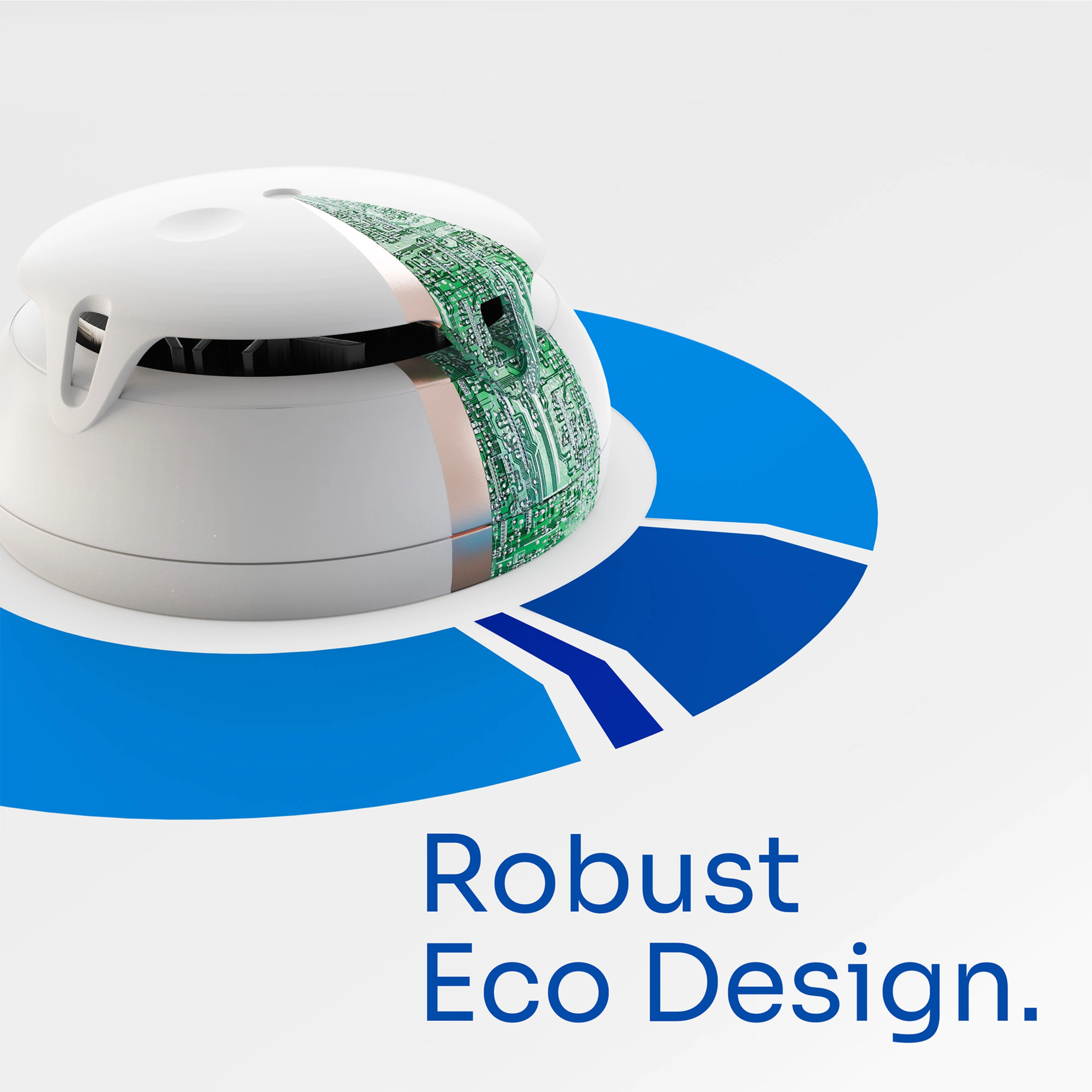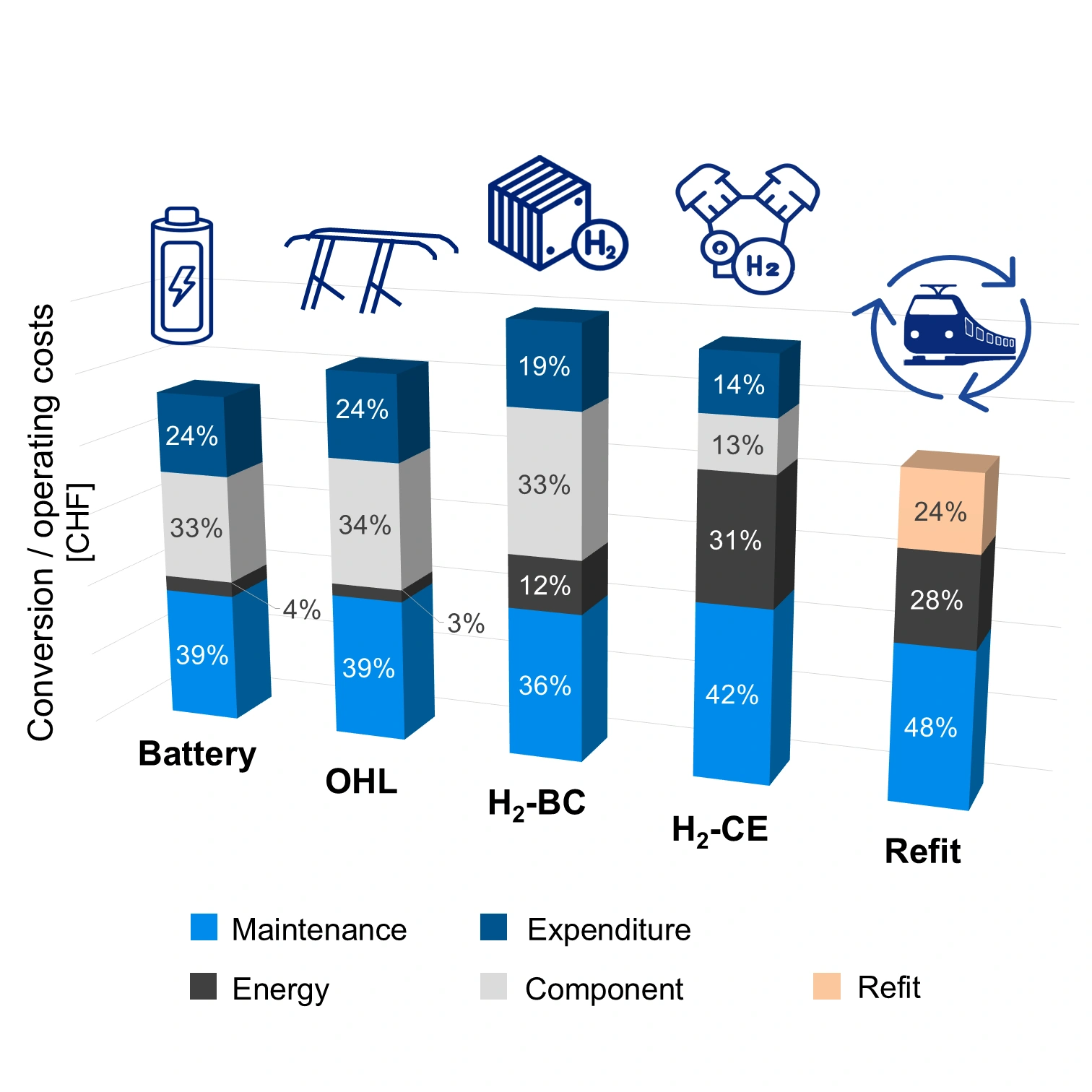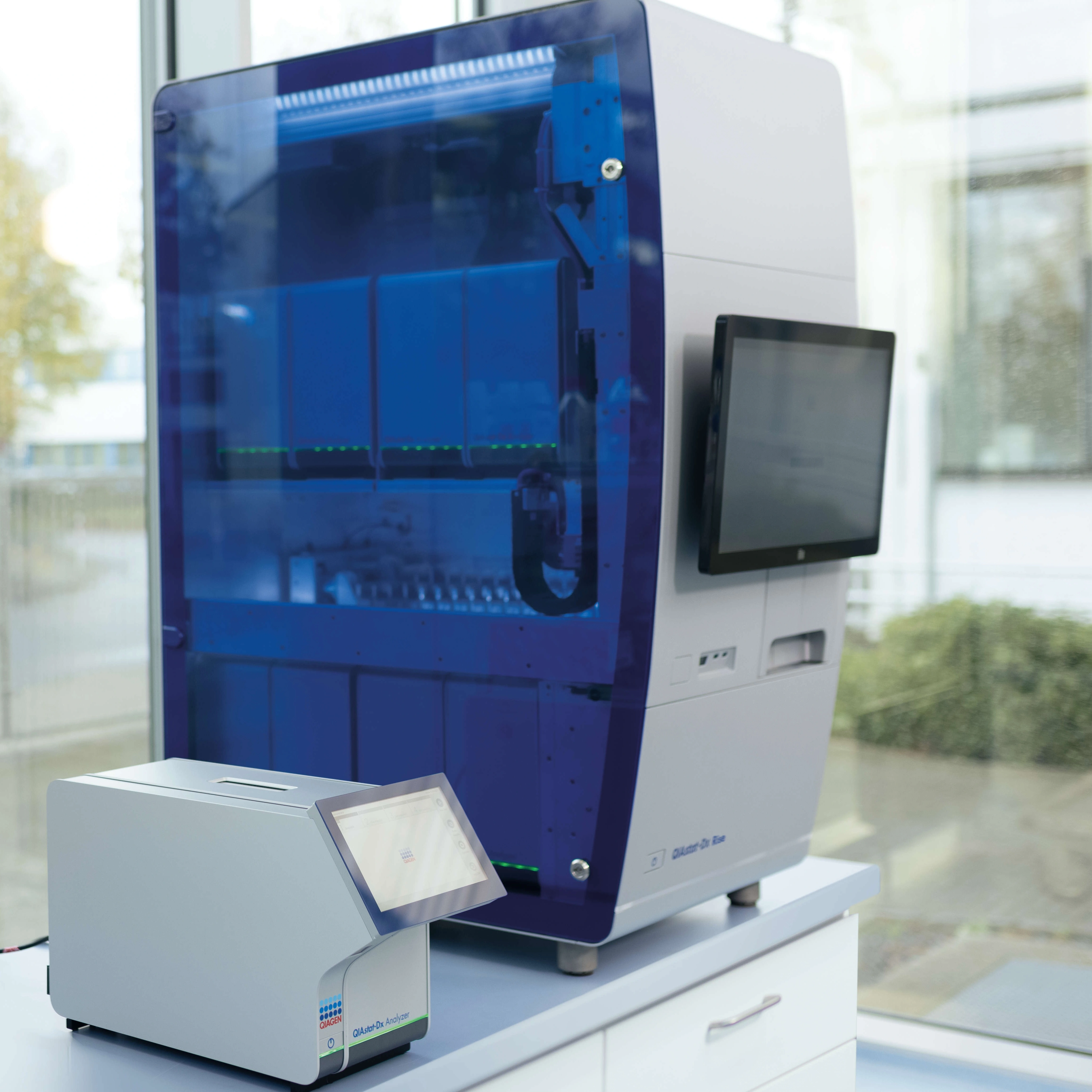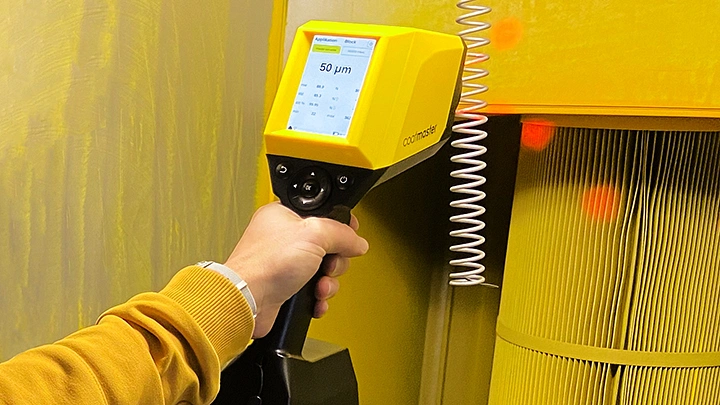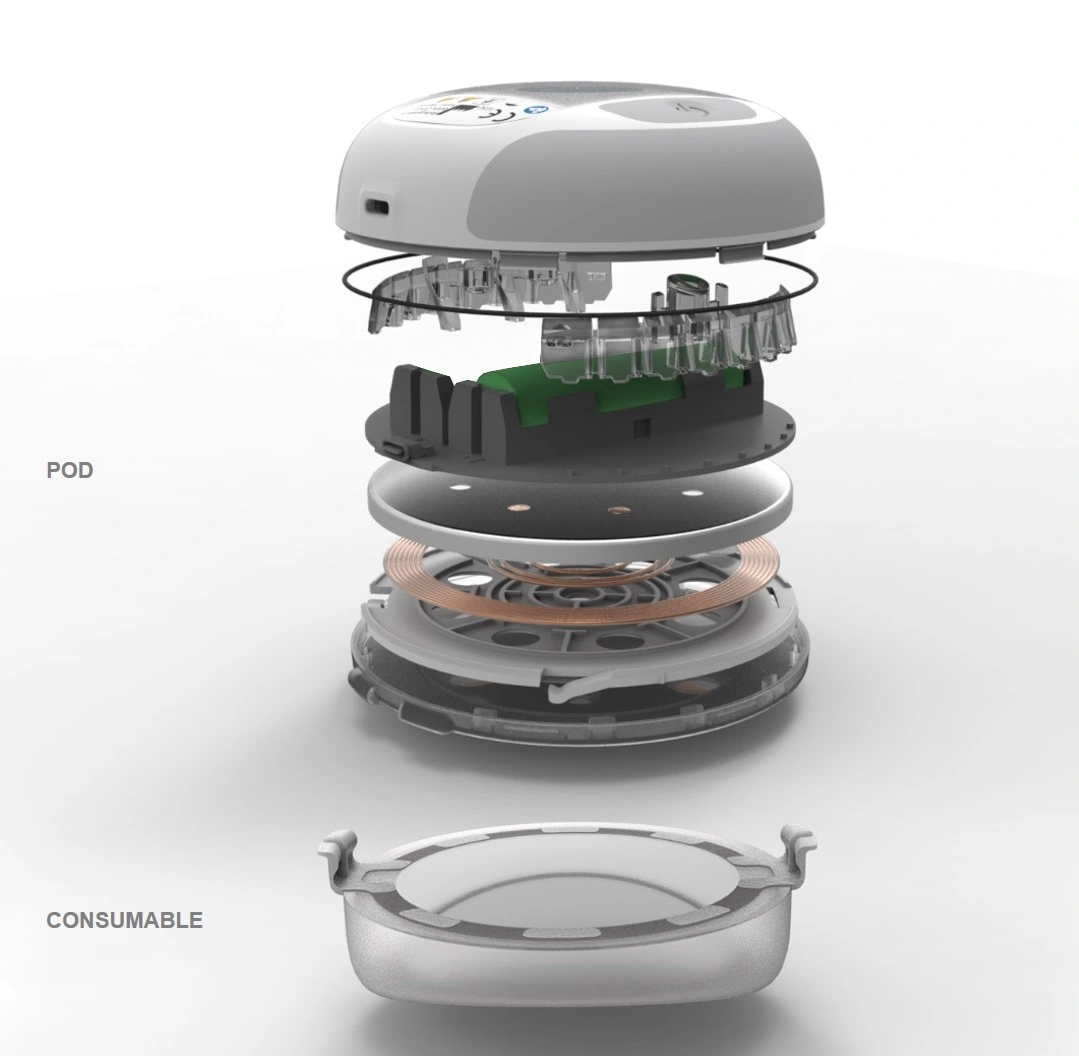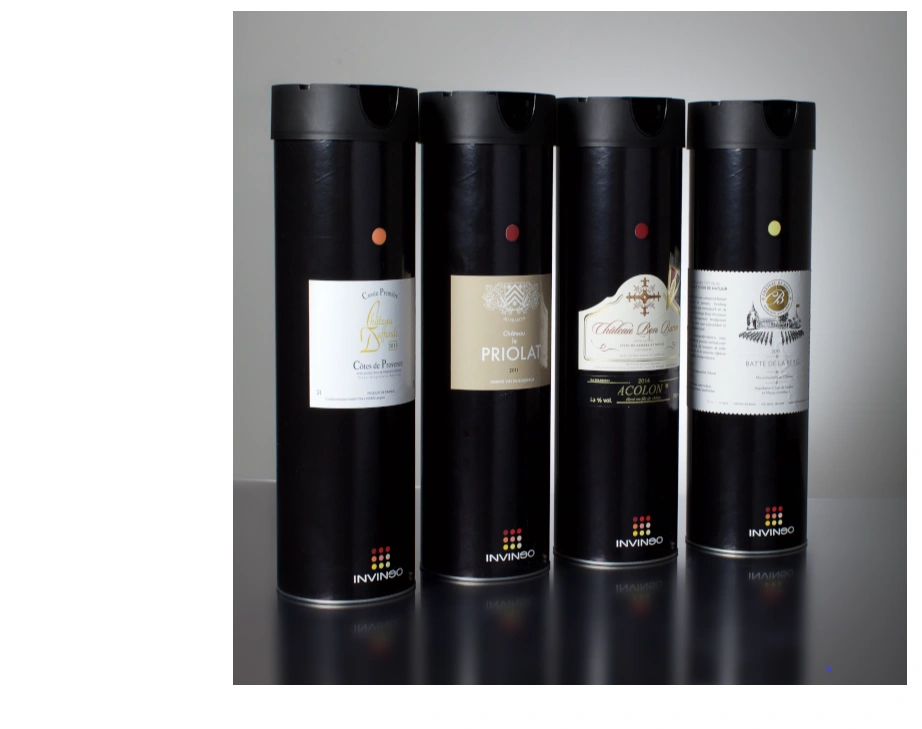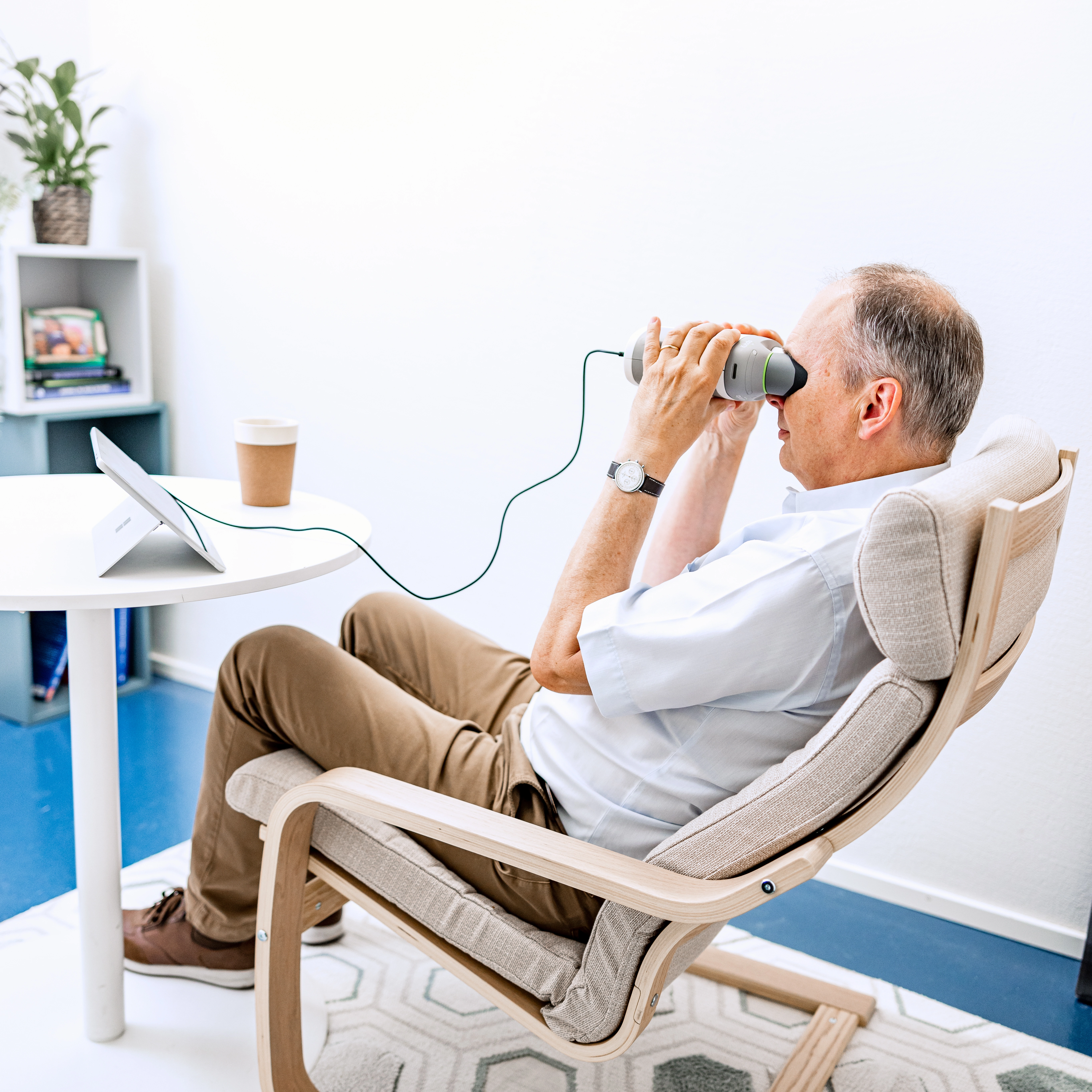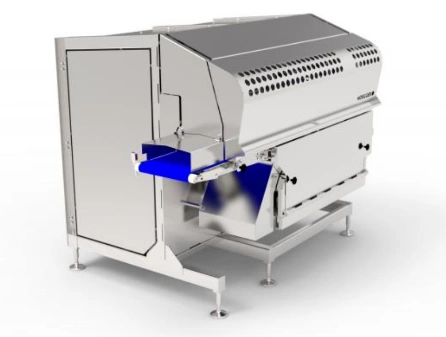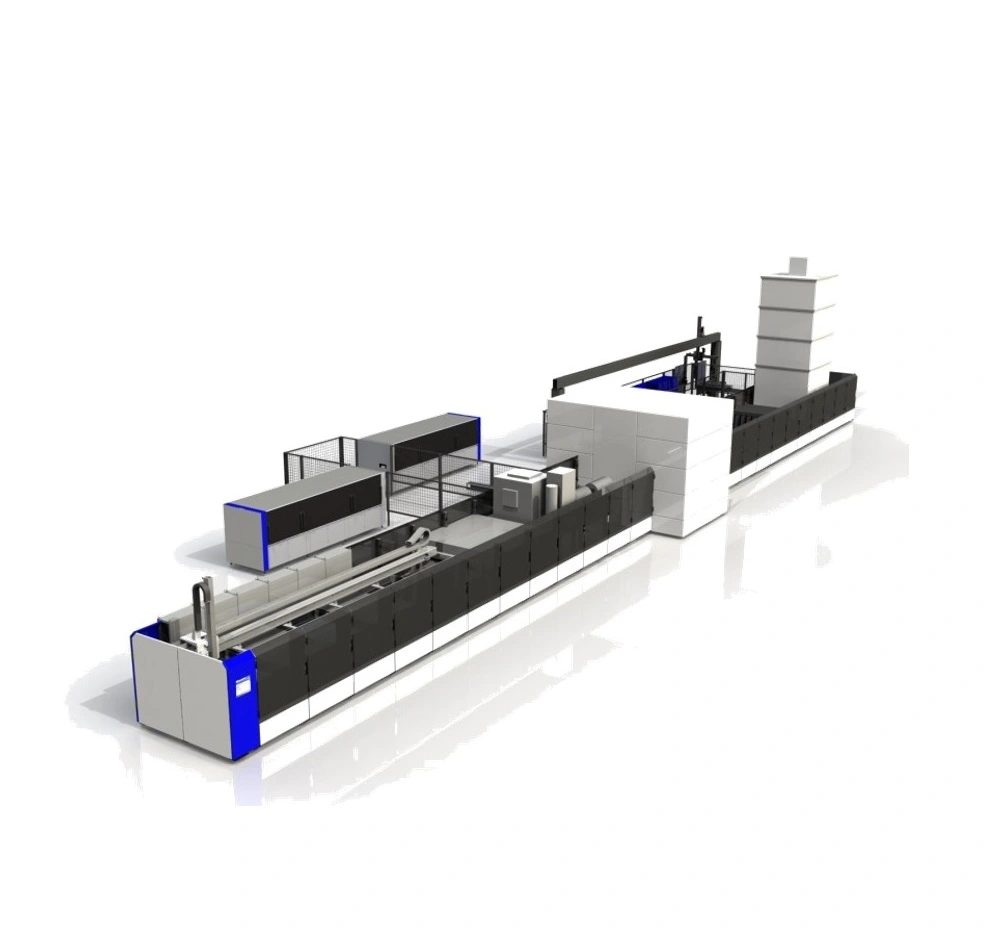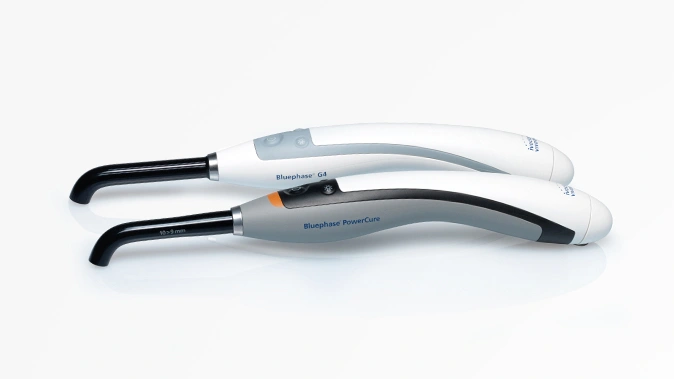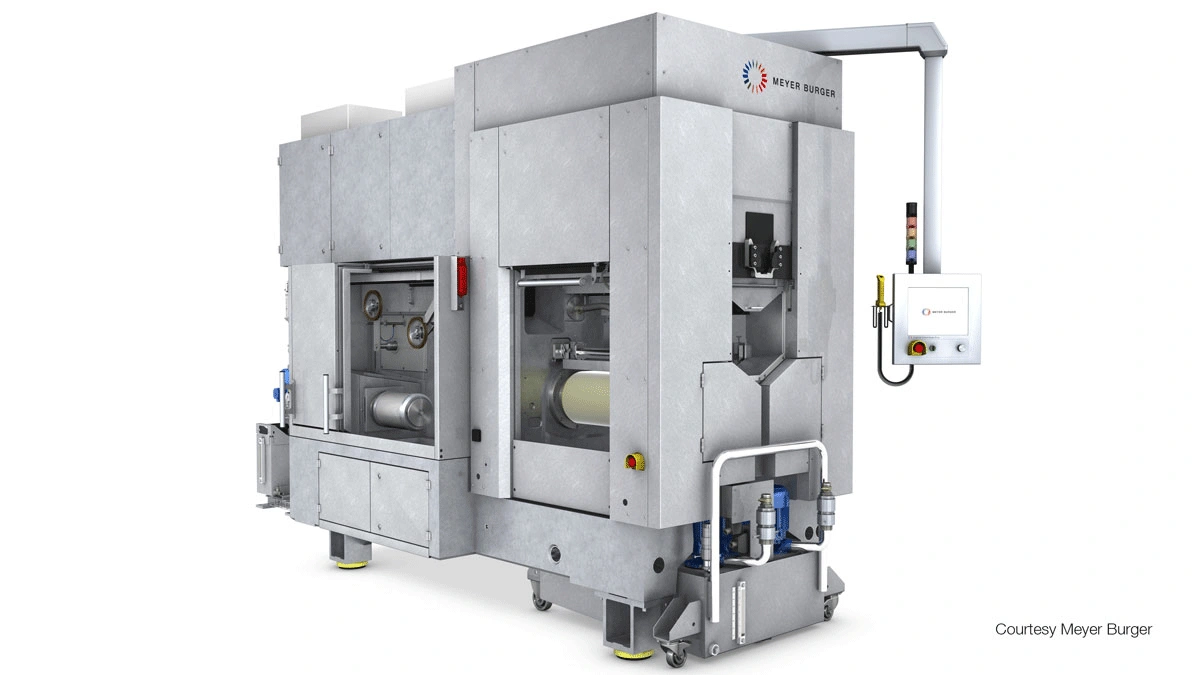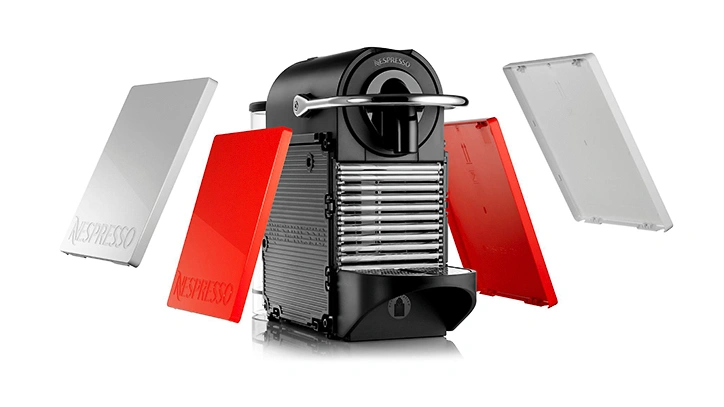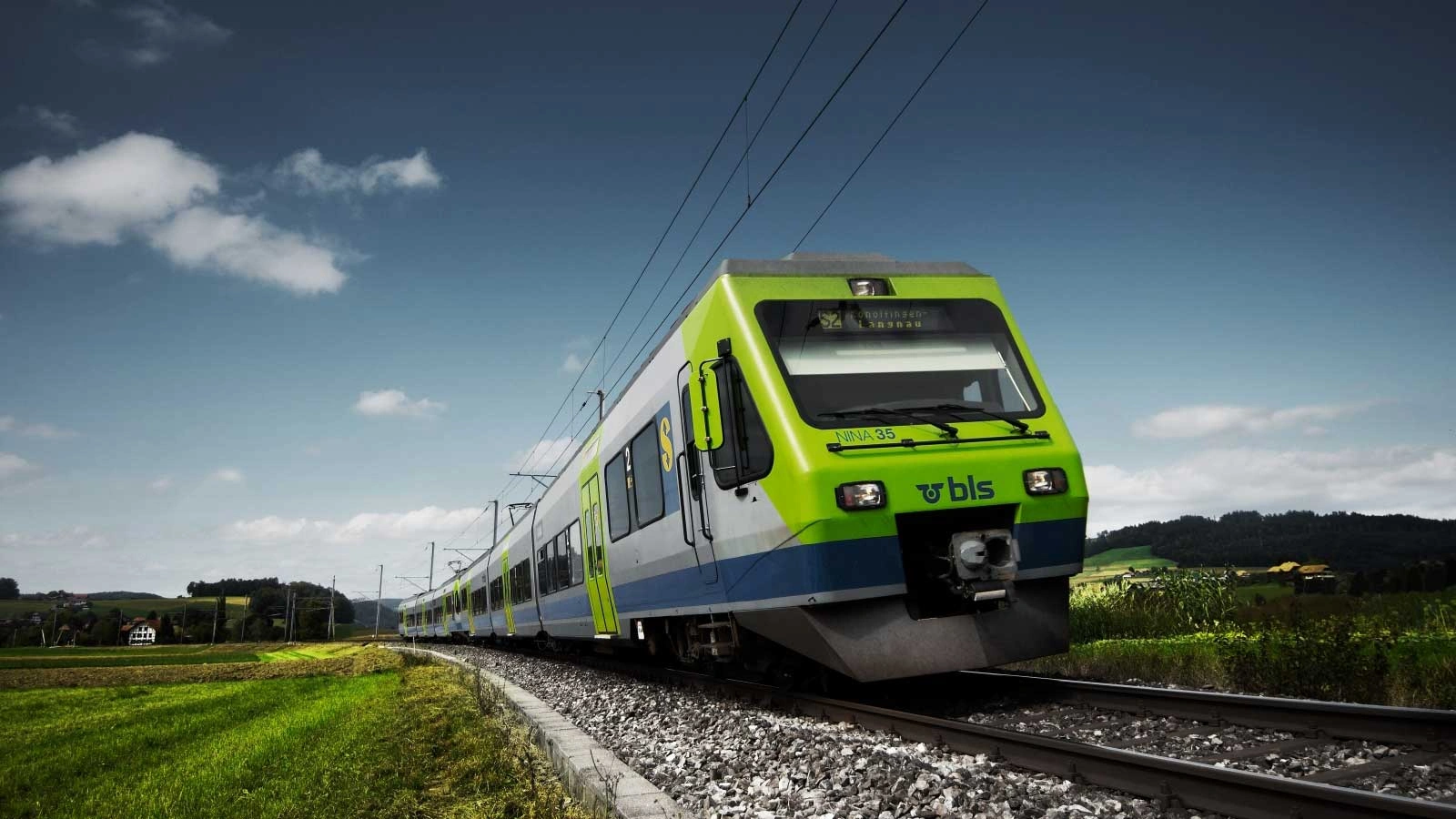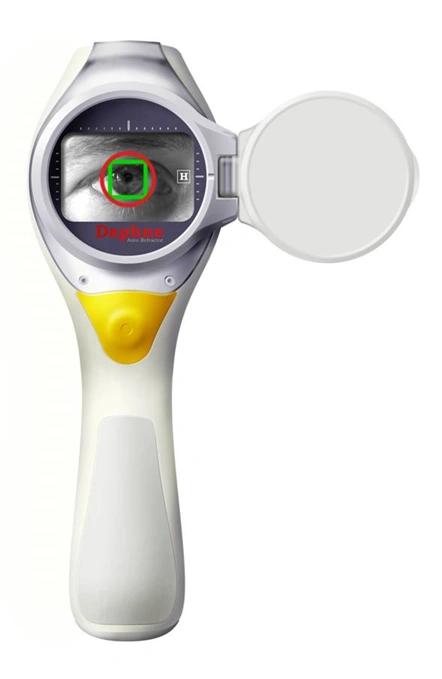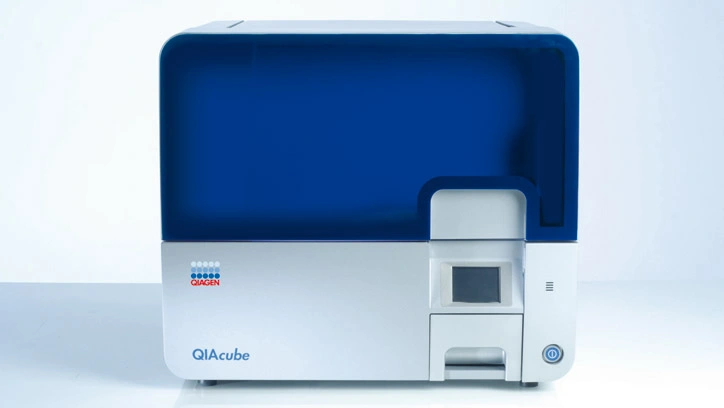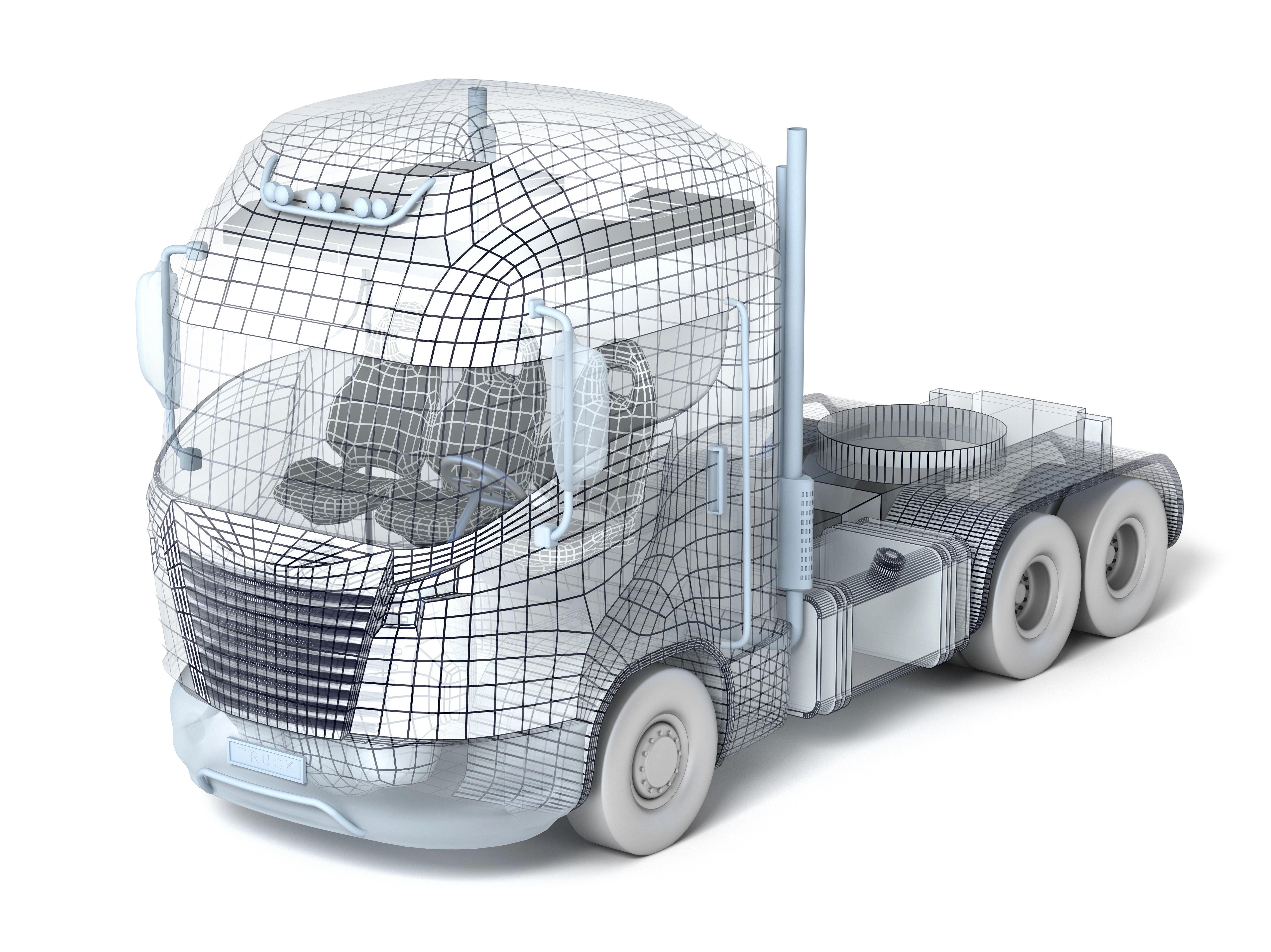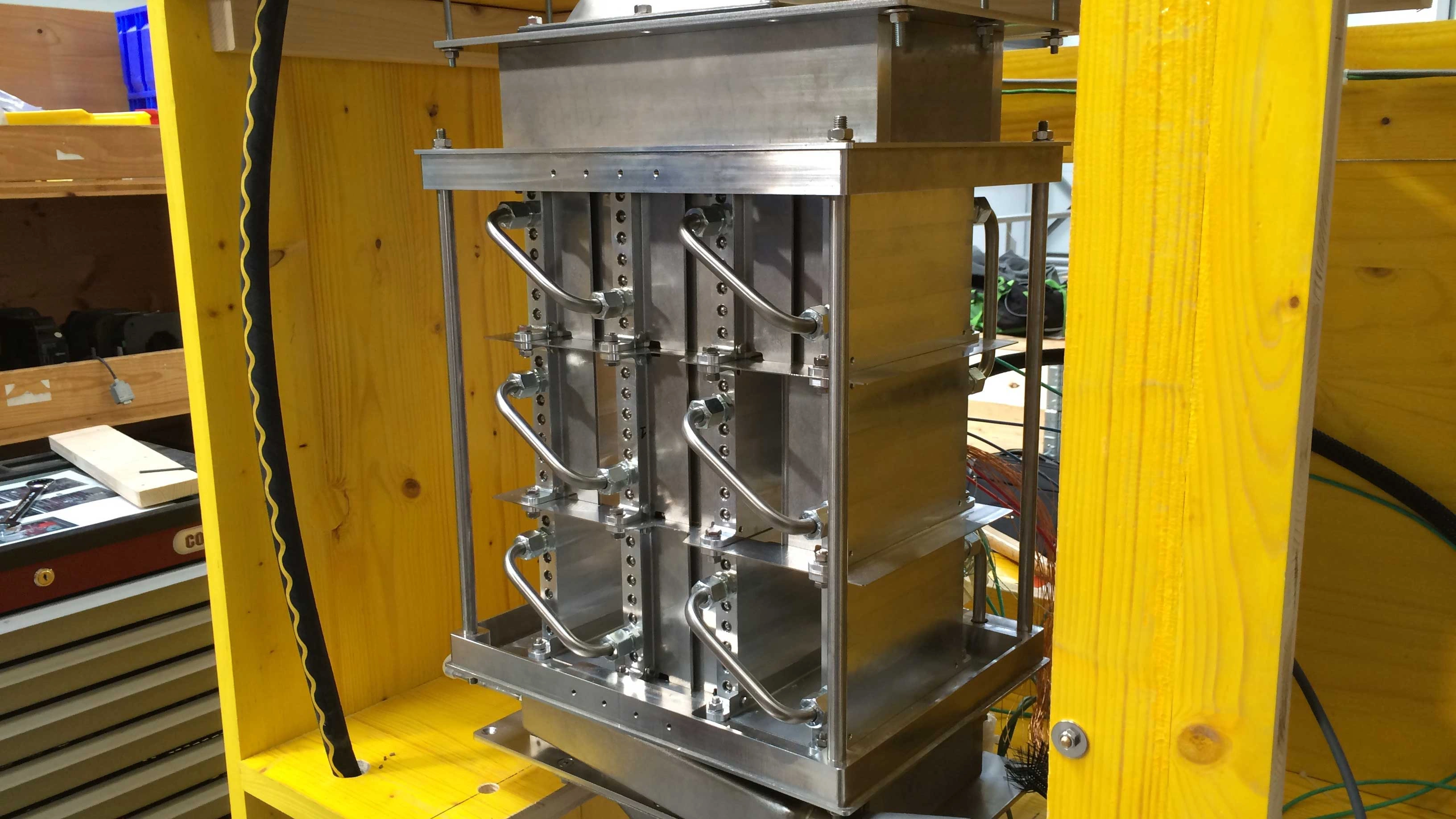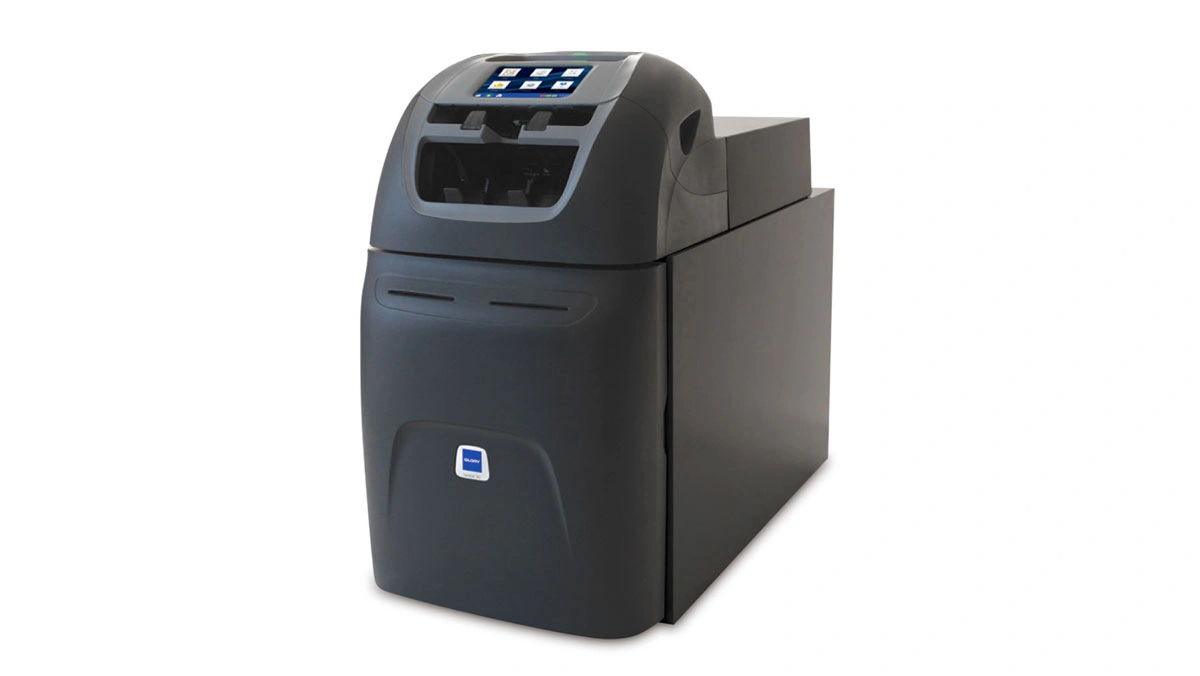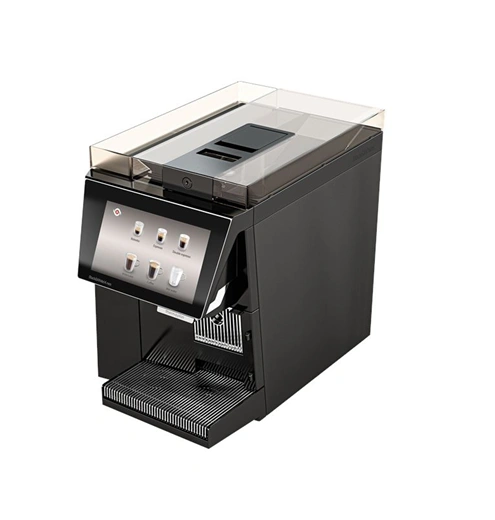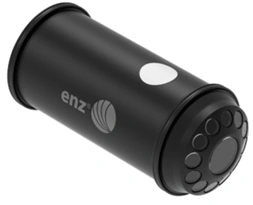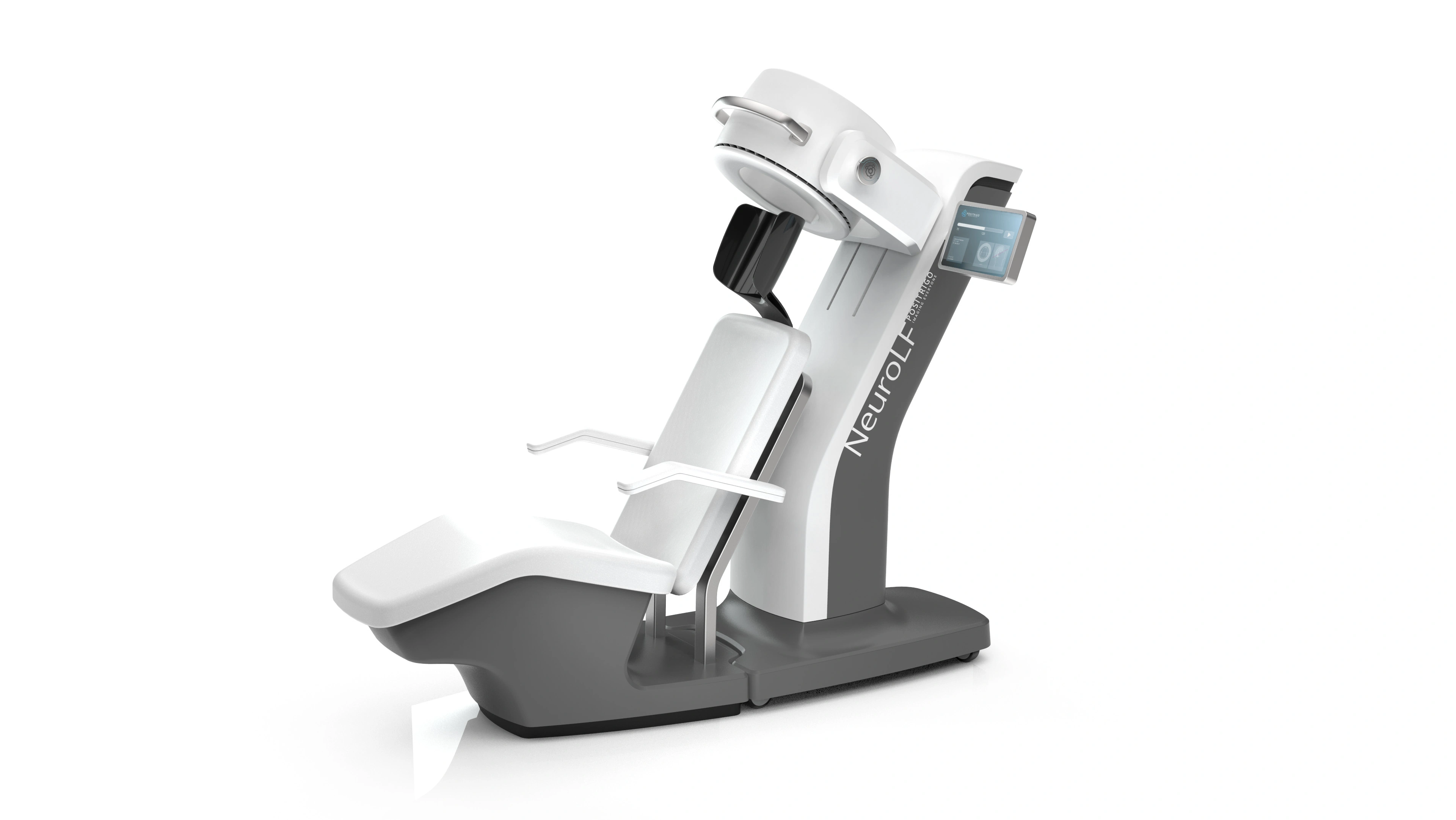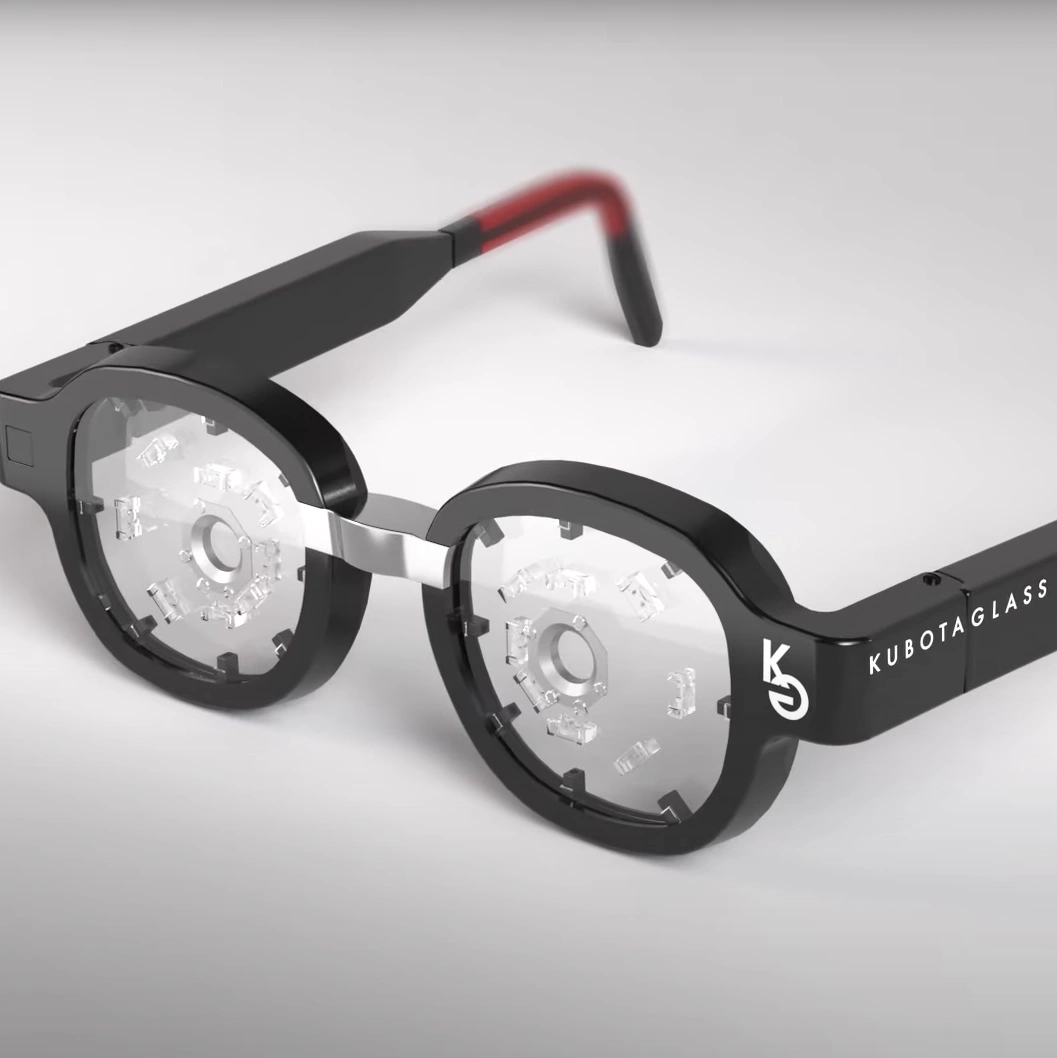We use a variety of methods to obtain innovative solutions. We also value the importance of a heterogeneous team to ensure there is the right combination of creativity, experience in solution execution, and specialists that are led by skilled project managers.
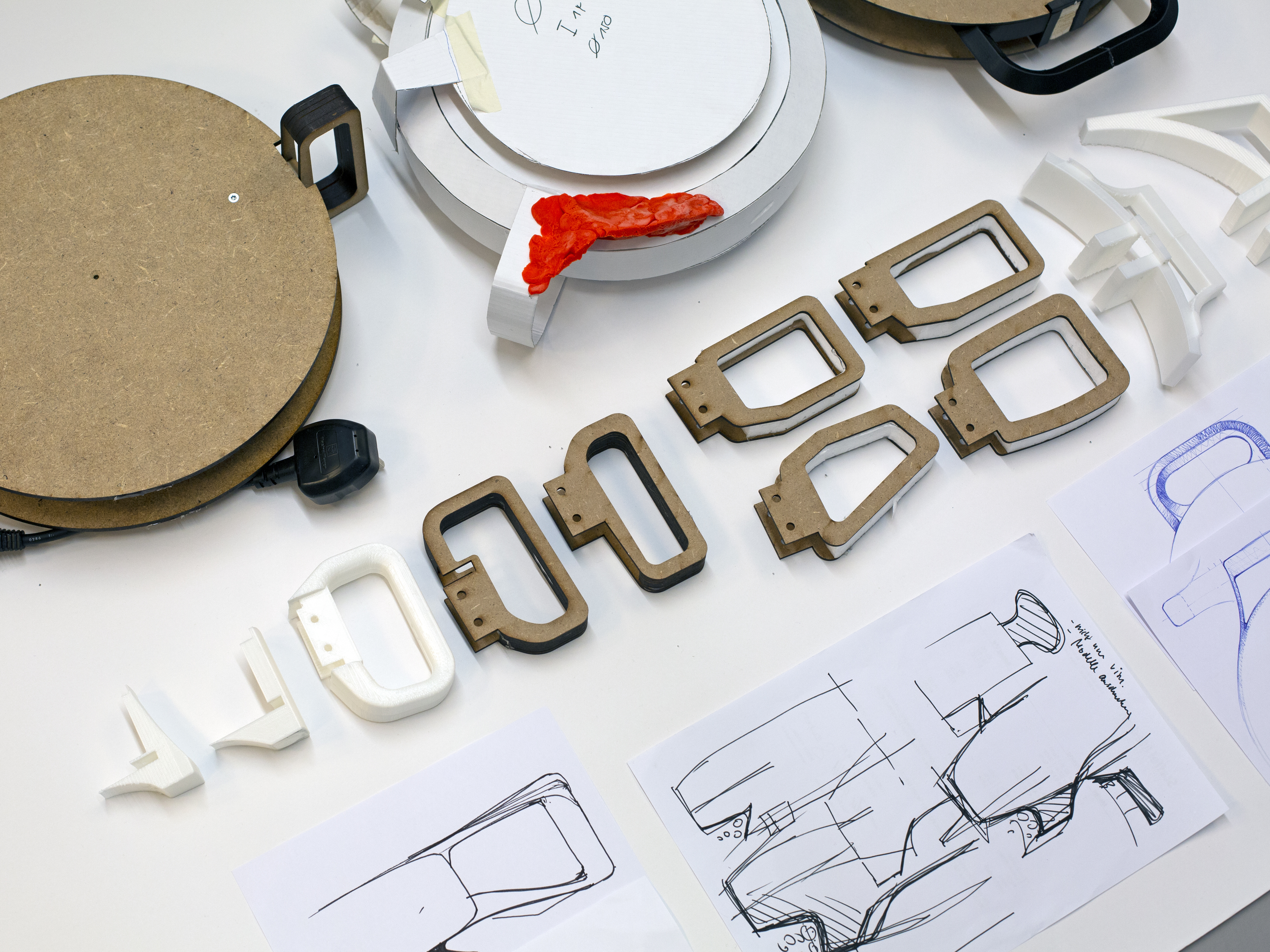
service
Idea Finding & Conception
In the idea finding and conception phases, we look for solutions for a device or a system based on the known requirements. The task is broken down into subfunctions. This can result in a morphological box in which all subfunctions are shown. For realization of the subfunctions, we develop ideas with a suitable creativity method, for example with the help of idea-finding processes or the 635 method. The software architecture is defined in this phase, and fundamental decisions are made regarding the UI (user interface) and UX (user experience).
We then combine the ideas for the mechanical functions, UI, and hardware into possible overall concepts of the system to be developed. We ideally rate the resulting concepts based on measurable criteria. The system rated as the best by the project team is then pursued further during product development.
In innovative projects, ideas or functional principles are often found for which there is no technical implementation yet. In this case, predevelopment must be made for this function. Development of the overall system should ideally be started when functional verification of the corresponding core function has been provided.
Conception also includes visualizations of the overall system and, if necessary, partial solutions. This is important for discussion and acceptance of the chosen solutions among all stakeholders.
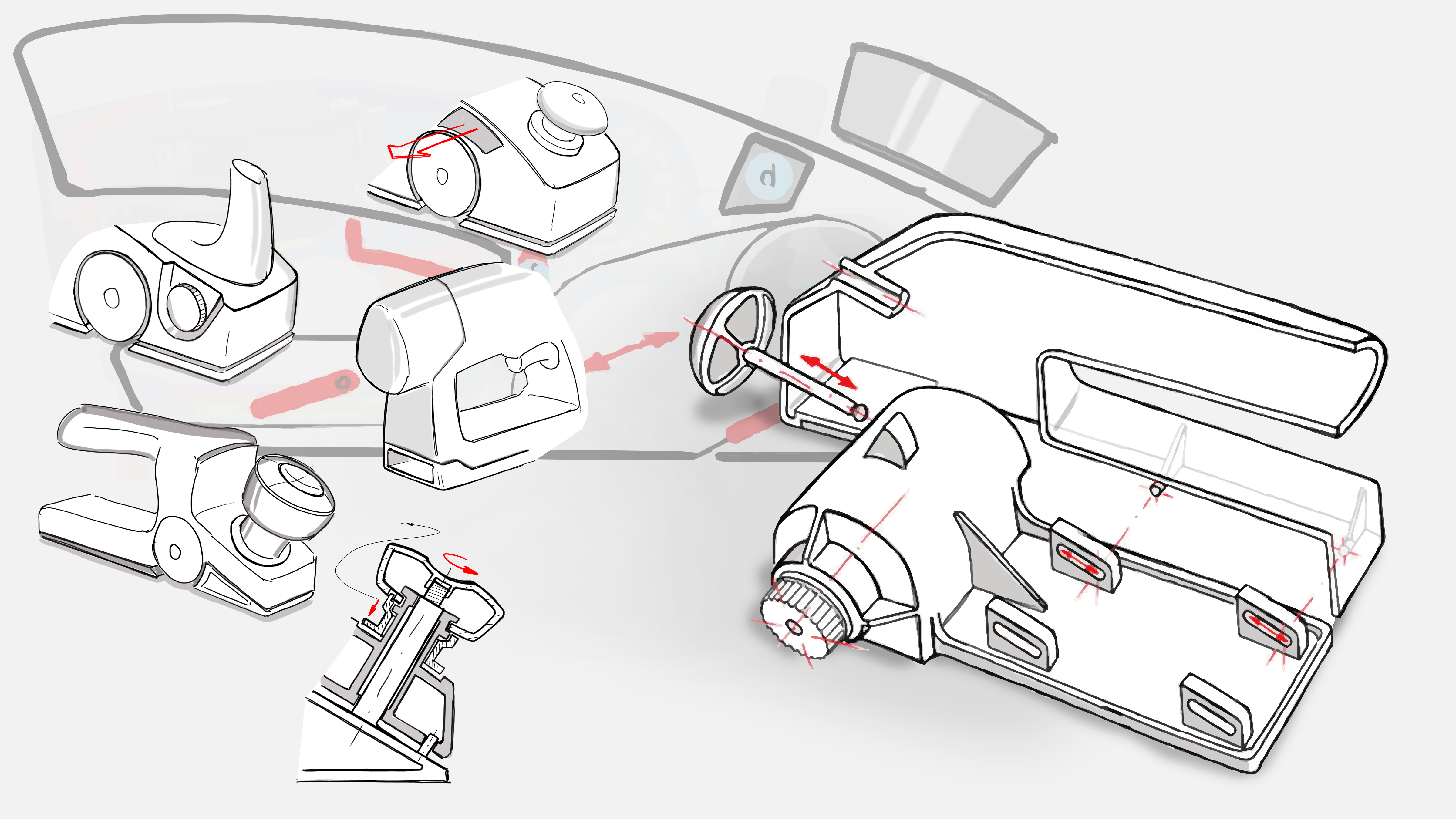
Core Services
Use of creativity methods
Development of concepts
The conception phase involves the creation of one or more system concepts, from which the most feasible concept is then selected for further development. Customer requirements and, if applicable, existing design studies are included in the decision.
Determining the device-user interface (UX/UI)
The interaction between users and the system is particularly important to secure success in the market. The design and the HMI (human-machine-interface) are determined by means of user surveys and verification against intended personas.
Thinking in variants
In the concept phase, thinking in variants is crucial. In order to guarantee an impartial review of new solutions, we adopt extensively proven procedures.
Collaboration with industrial designers
During conception, collaboration with industrial designers – within Helbling or externally – is very important. This is to ensure that the form and function of the systems are optimally coordinated right from the start, which allows us to identify and address development risks early on in product development.
We use a variety of methods to obtain innovative solutions. We also value the importance of a heterogeneous team to ensure there is the right combination of creativity, experience in solution execution, and specialists that are led by skilled project managers.
The conception phase involves the creation of one or more system concepts, from which the most feasible concept is then selected for further development. Customer requirements and, if applicable, existing design studies are included in the decision.
The interaction between users and the system is particularly important to secure success in the market. The design and the HMI (human-machine-interface) are determined by means of user surveys and verification against intended personas.
In the concept phase, thinking in variants is crucial. In order to guarantee an impartial review of new solutions, we adopt extensively proven procedures.
During conception, collaboration with industrial designers – within Helbling or externally – is very important. This is to ensure that the form and function of the systems are optimally coordinated right from the start, which allows us to identify and address development risks early on in product development.
Our Further Services
Services | Product Development
Detailed Design
Services | Industrialization
Design Transfer
Services | Industrialization
Design Verification
Services | Industrialization
Experimental Verification, Testing, and Proof of performance
Services | Product Development
Industrial- & UX-Design
Services | Ideation
Innovation Pre-Projects
Services | Technology Development
Predevelopment
Services | Ideation
Product Vision & Scouting
Services | Product Development
Project Management
Services | Product Development
Software Development
Services | Technology Development
Research, Simulation & Feasibility Analysis
Services | Sustainability
Sustainability Engineering
Services | Product Development

